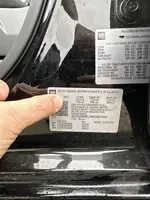For the benefit of forum members and those internet researchers, if you have experienced the dreaded lifter failure please post details after voting (I.e. model year, vin, production date, mileage at failure, etc)
You can update your vote IF you unfortunately win this lottery after your initial vote.
You can update your vote IF you unfortunately win this lottery after your initial vote.








